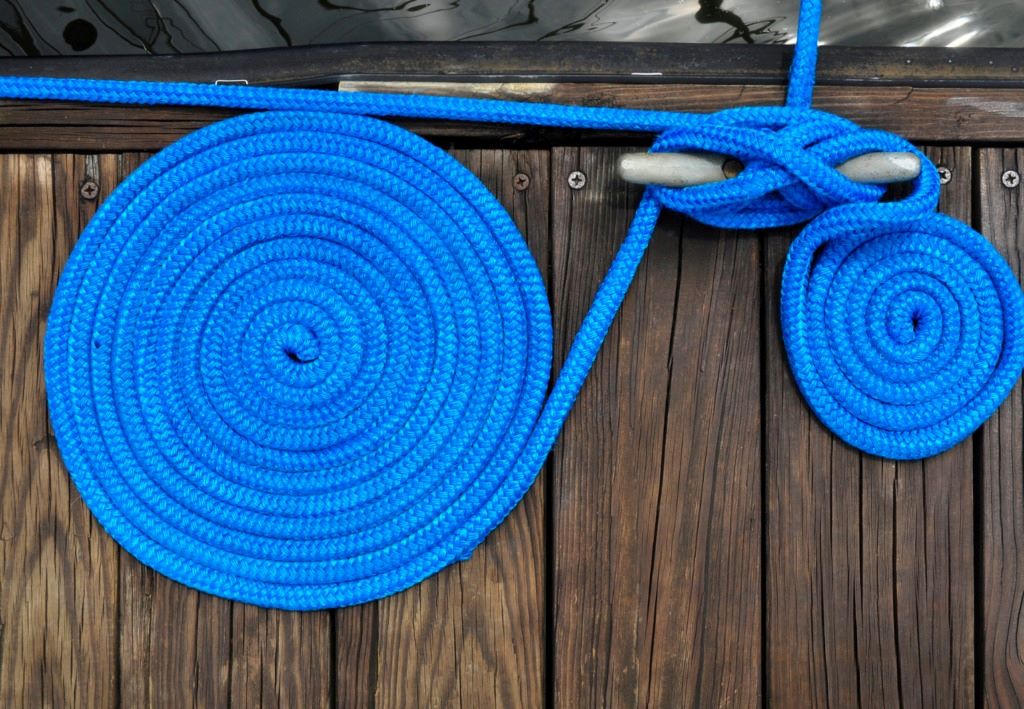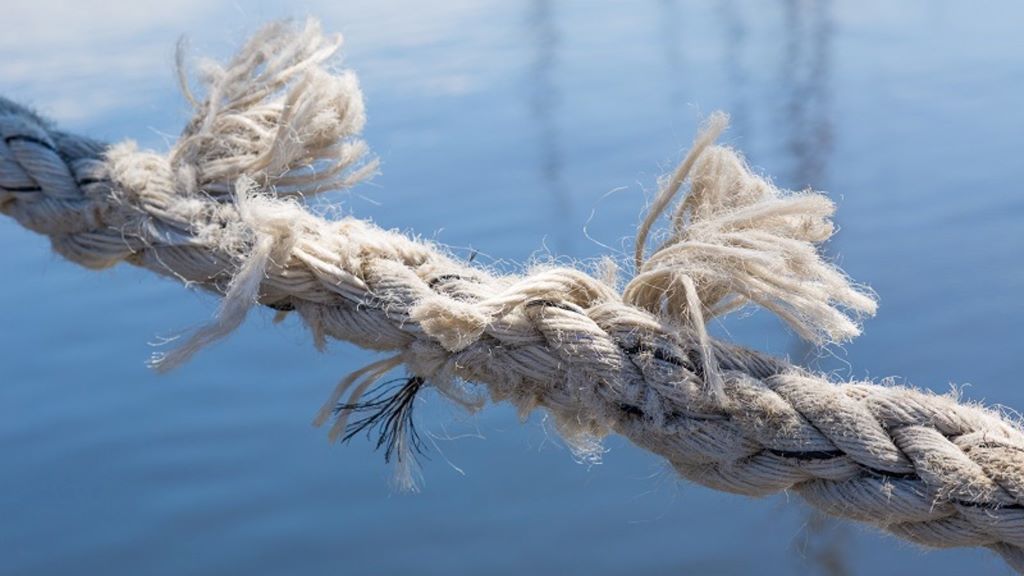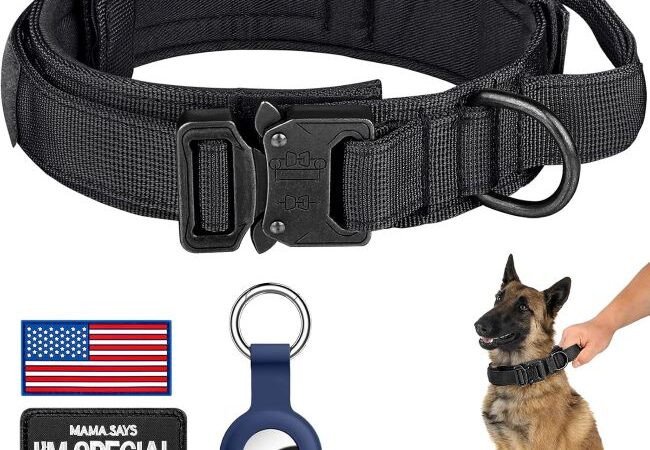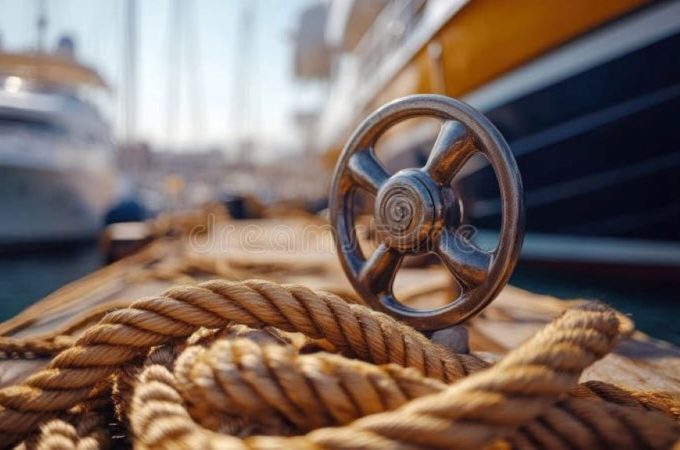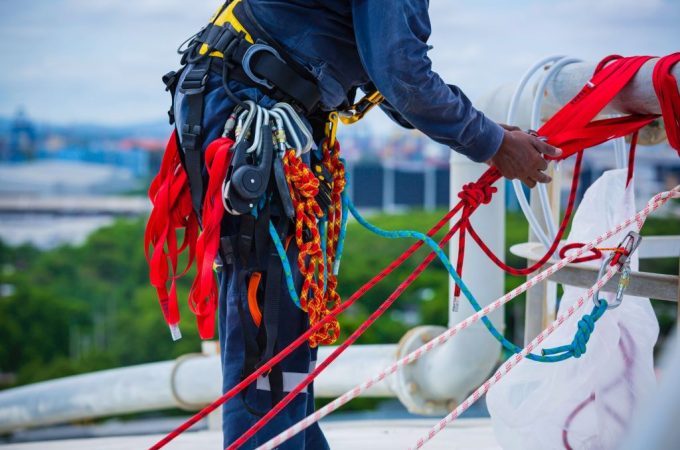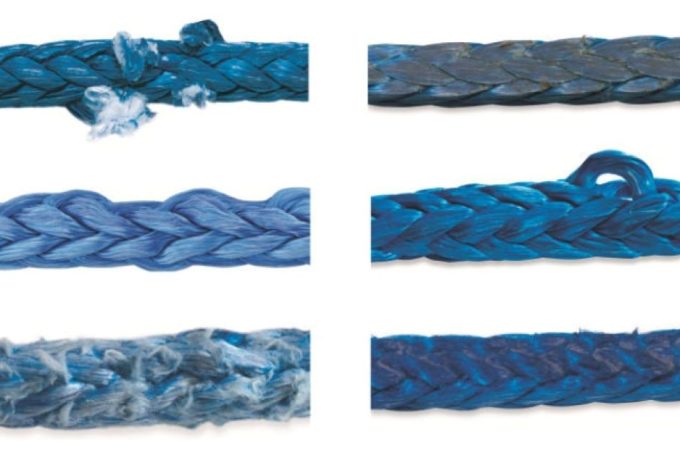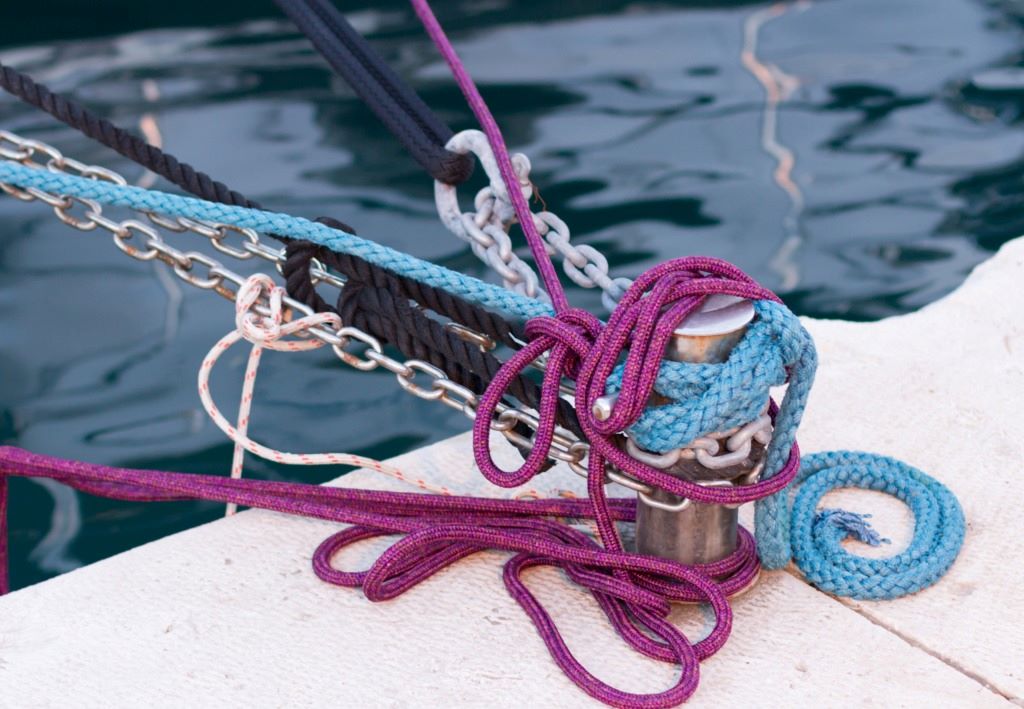
Extend Rope Lifespan: What Every Seafarer Needs to Practice
Picture this: a stormy night at sea, waves crashing, and your mooring line snaps. Disaster strikes. Ropes are the unsung heroes of seafaring, securing vessels and ensuring safety. Yet, many seafarers overlook proper rope maintenance, risking costly failures. Marine ropes face relentless enemies—salt, UV rays, and abrasion—that can slash their lifespan. Fortunately, smart practices can extend rope lifespan significantly. This article dives into expert-backed strategies to keep your ropes strong, safe, and durable. With insights from industry leaders and practical tips, you’ll learn how to protect your investment and sail confidently.
Contents at a Glance
ToggleWhy Rope Maintenance Matters
Ropes are vital for mooring, anchoring, and rigging. A single failure can cost thousands in repairs or endanger lives. According to Wilhelmsen, well-maintained ropes can last up to 30% longer than neglected ones. Saltwater corrodes fibers, UV rays degrade strength, and abrasion frays strands. Ignoring these threats shortens rope lifespan dramatically. Conversely, regular care preserves tensile strength and elasticity. Experienced seafarers know that a small investment in maintenance saves big in replacements. Neglecting ropes isn’t just costly—it’s a safety gamble no one can afford.
Choose the Right Rope for the Job
Selecting the appropriate rope sets the foundation for longevity. Nylon ropes excel in mooring due to their elasticity, absorbing shock loads effectively. Polyester resists UV damage, ideal for rigging. Polypropylene floats, perfect for rescue lines. Each material suits specific tasks, and mismatching reduces lifespan. For instance, using nylon for rigging increases wear from UV exposure. Data from Mariner Exchange shows that properly matched ropes last 20% longer. Assess your vessel’s needs—size, environment, and usage—before choosing. The right rope minimizes stress and maximizes durability.
Image Source
Regular Inspections Catch Problems Early
Inspecting ropes regularly prevents small issues from becoming catastrophic. Check for fraying, cuts, or discoloration monthly. High-stress areas, like mooring points, need extra attention. Wilhelmsen notes that 60% of rope failures stem from undetected wear. Open strands to inspect internal damage, especially in wire ropes. If broken wires exceed 10% of the total, retire the rope immediately. Crew training enhances inspection accuracy. Early detection saves money and prevents accidents. Make inspections a routine, not an afterthought, for safer voyages.
Clean Ropes to Remove Harmful Contaminants
Salt and dirt are silent rope killers. They grind into fibers, accelerating wear. Rinse ropes with fresh water after every trip. For deeper cleaning, soak in lukewarm water with mild detergent. Avoid harsh chemicals that weaken fibers. WavesRx reports that cleaned ropes retain 15% more strength over time. Dry ropes in shaded, ventilated areas to prevent UV damage. Regular cleaning maintains flexibility and prevents stiffness. A clean rope performs better and lasts longer, ensuring reliability at sea.
Protect Against Abrasion and Chafe
Abrasion is a leading cause of rope failure. Rough surfaces, like rusty chocks, shred fibers quickly. Use chafe guards or canvas covers at contact points. According to Practical Sailor, chafe protection extends rope lifespan by up to 25%. Ensure mooring equipment, like panama chocks, is smooth and well-maintained. A D/d ratio of at least 15, as per OCIMF MEG4 guidelines, reduces stress on ropes. Proper handling also prevents twists, which weaken ropes. Invest in protection to keep ropes intact under pressure.
Store Ropes Properly to Prevent Damage
Improper storage invites UV rays, moisture, and chemicals to degrade ropes. Store ropes in cool, dry, ventilated spaces. Avoid direct sunlight, which can reduce fiber strength by 15%, per Access Ropes. Coil ropes loosely to prevent kinking. Never store near acids or oils, as they erode synthetic fibers. For long-term storage, replace halyards with messenger lines to reduce exposure. Proper storage preserves rope integrity, ensuring they’re ready for action when needed.
Lubricate Wire Ropes for Longevity
Wire ropes, common in heavy-duty mooring, require regular lubrication. Marine-grade lubricants, like Viper’s Eco Rope Guardian, prevent corrosion and reduce friction. Lubrication can extend wire rope lifespan by 20%, per Viper WRL. Apply penetrating lubricants to reach inner strands. Use a wire rope lubricator for even coverage. Regular lubrication keeps ropes flexible and resistant to rust. Skipping this step risks internal wear, leading to sudden failures. Make lubrication a priority for wire ropes.
Avoid Overloading and Shock Loads
Overloading ropes beyond their working load limit (WLL) causes permanent damage. Nylon ropes have a WLL of 20-35% of breaking strength, per Anchoring.com. Exceeding this weakens fibers and shortens lifespan. Shock loads from sudden jolts are equally harmful. Use snubbers for all-chain rodes to absorb shocks. Train crew to handle ropes gently, avoiding sharp tugs. Proper load management ensures ropes withstand the toughest conditions without breaking.
Rotate and Reposition Ropes
Rotating ropes evens out wear patterns. Spring and breast lines often wear faster due to constant tension. Reposition ropes periodically to distribute stress. Wilhelmsen suggests rotating ropes every few months to extend lifespan by 10%. Use two-color ropes to spot twists easily, which reduce strength. Regular rotation keeps ropes balanced and durable. This simple practice maximizes performance and delays costly replacements.
Know When to Retire Ropes
No rope lasts forever. Manufacturers recommend retiring ropes after 10 years, even with minimal use. Heavy use shortens this to 1-5 years, per Sterling Ropes. Signs of retirement include excessive fraying, stiffness, or core exposure. Regular logs track usage and falls, aiding retirement decisions. Retiring ropes promptly prevents dangerous failures. Safety outweighs sentimentality—replace worn ropes to protect your crew and vessel.
Featured Snippet: How Can Seafarers Extend Rope Lifespan?
To extend rope lifespan, seafarers should choose the right material, like nylon for mooring or polyester for rigging. Inspect ropes monthly for fraying or cuts. Clean with fresh water and mild detergent to remove salt. Use chafe guards to prevent abrasion. Store ropes in cool, dry places away from UV rays. Lubricate wire ropes regularly. Avoid overloading and shock loads. Rotate ropes to even wear. Retire ropes after 10 years or when heavily damaged. These practices, backed by Wilhelmsen and WavesRx, can boost rope lifespan by up to 30%.
FAQs
- What materials are best for marine ropes?
Nylon offers elasticity for mooring, polyester resists UV for rigging, and polypropylene floats for rescue lines. - How often should I inspect my ropes?
Inspect monthly, focusing on high-stress areas, to catch wear early and prevent failures. - Can I wash ropes in a washing machine?
Yes, use a gentle cycle with mild detergent, but check manufacturer guidelines for high-tech ropes. - How do chafe guards help ropes?
Chafe guards reduce abrasion at contact points, extending rope lifespan by up to 25%. - What’s the ideal D/d ratio for mooring fittings?
A D/d ratio of at least 15 minimizes stress and prolongs rope life. - How do I know when to retire a rope?
Retire ropes after 10 years, or sooner if frayed, stiff, or core-exposed. - Why is lubrication important for wire ropes?
Lubrication prevents corrosion and friction, extending wire rope lifespan by 20%.
Final Thought
Ropes are your vessel’s lifeline, and their care determines your safety and savings. By choosing the right materials, inspecting regularly, and protecting against wear, you can extend rope lifespan significantly. These practices aren’t just maintenance—they’re investments in reliability. Read More: Avoid Gear Failure: Rope Care Essentials for Trawlers
Call to Action: Start inspecting your ropes today! Share your maintenance tips in the comments or ask for advice to keep your vessel secure.

